Stars and Bricks in Philadelphia

(https://www.solorealty.com/the-secret-life-of-buildings-star-bolts/)
Have you ever noticed stars on the façade of Philadelphia row homes as you walk down any older neighborhood street in Philadelphia? Many people believe these stars are purely decorative, however these stars are essential to keep the building standing. These “stars” are referred to as Star Bolts. Row homes are built by connecting joists between the adjoined walls, often referred to as “party walls.” The front and rear walls of the row homes are only connected at the edges of the adjoined “party walls.”
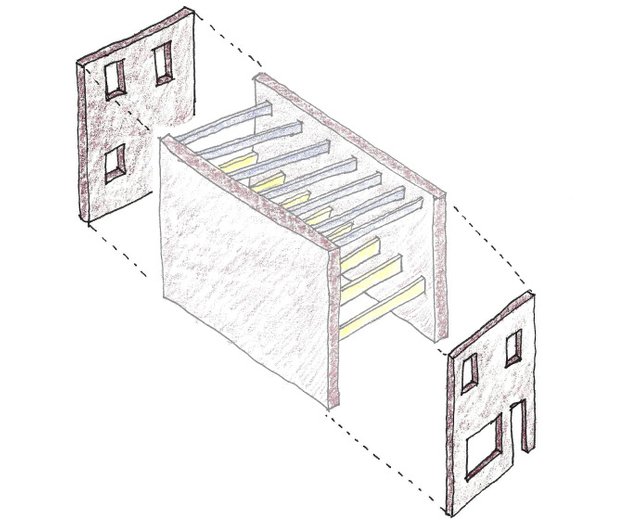
(http://www.tonerarch.com/blog/2013/6/13/your-house-and-your-facade-a-separation-agreement.html)
Over a period of time, the front and rear exterior walls will begin to separate from the rest of the structure. There are numerous causes for the separation of the exterior walls from the rest of the structure. These reasons vary from foundation issues, to the brick and mortar itself. A mason will determine how many joists will be needed to connect the exterior wall with the floor and ceiling joists. The degree of bulge in the wall will determine how many joists will be need to be connected to the star bolt. The concept of using these style of rods to dates back to Roman Era engineering. Romans were known to use rods of metal or wood to help negate the outward horizontal forces present in many of their large stone structures.
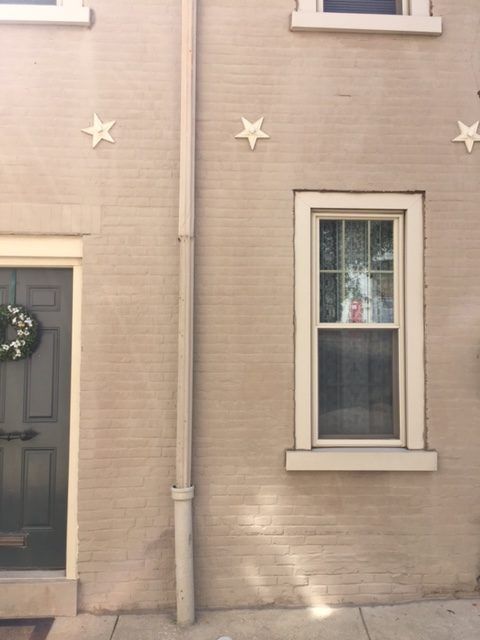
(https://www.solorealty.com/the-secret-life-of-buildings-star-bolts/)
Philadelphia’s is home to over 300,000 thousand row homes. Various styles of row homes were created to fulfill the need to house Philadelphia’s population throughout the cities growth over many generations. Some of these styles of row homes were Bandbox, London House Plan, City House Plan, and the Town House Plan. A significant feature which is found in all theses styles of row homes, is the use of brick and mortar.
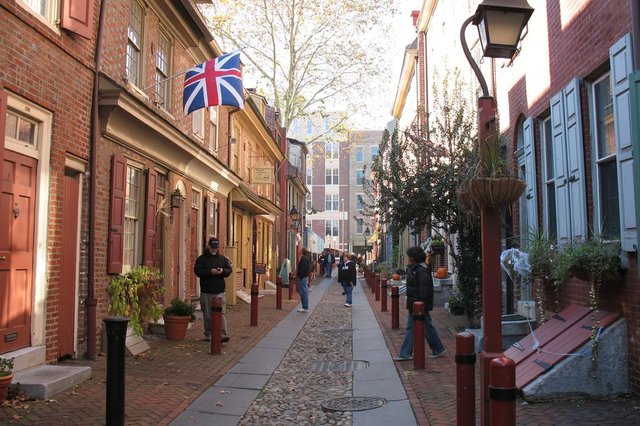
(https://www.curbed.com/2017/3/16/14945986/tiny-house-philadelphia-trinity-for-sale)
The majority of Philadelphia’s ground was composed of clay. During early brick production in Philadelphia, the area between the Delaware River, and the Schuylkill was considered the best quality of clay in the area. This natural resource played a vital role in the need to create more homes throughout Philadelphia’s History.
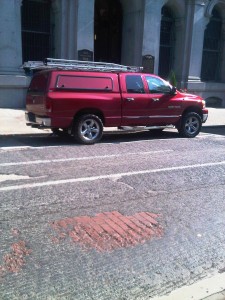
(https://hiddencityphila.org/2012/08/red-brick-said-gold/)
By the end of the 19th century, it was estimated that Philadelphia was producing over 200 million bricks per year over a two century timeframe. However due to a reduced amount of clay resources, and the cheaper, quicker uses of concrete, Philadelphia brick production almost ceased to exist.
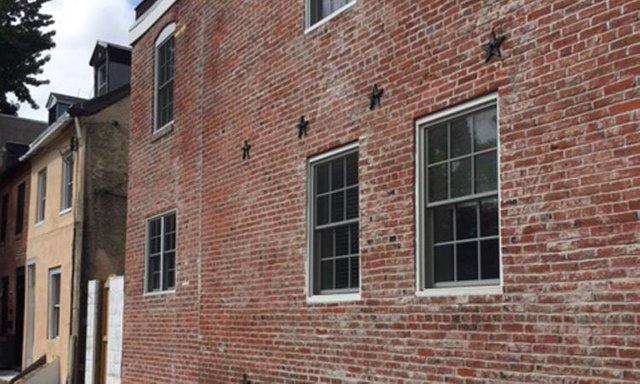
(https://www.solorealty.com/the-secret-life-of-buildings-common-philadelphia-brick-styles/)
Sources:
http://philadelphiaencyclopedia.org/archive/row-houses/
http://www.tonerarch.com/blog/2013/6/13/your-house-and-your-facade-a-separation-agreement.html
https://www.solorealty.com/the-secret-life-of-buildings-star-bolts/
http://activerain.com/blogsview/2126096/star-bolts---they-aren-t-just-decoration-
http://structuralrepairexperts.com/tag/philadelphia-star-bolts/
100% of the SBD rewards from this #explore1918 post will support the Philadelphia History Initiative @phillyhistory. This crypto-experiment is part of a graduate course at Temple University's Center for Public History and is exploring history and empowering education to endow meaning. To learn more click here.
I had always wondered what those stars were about but I'd never thought to look them up! Though I think I have seen them in other cities on structures that aren't row homes. This makes me wonder if they have taken on a decorative meaning that other places want imitate even without the structural necessity.
Yea, me neither! I just assumed they were decorative pieces. Like, decorative and common in the 18th century, so obviously replicated during the Society Hill renovations in the 1960s/70s. This was cool to read!
Also, I'm curious to know if old brick from demolished city buildings is salvaged like barn wood on the outskirts of town? Do either of you happen to have any architectural knowledge about that?
very nice and informative...
In 2015, the University of Pennsylvania Architectural Archives mounted a really good exhibition: "Feats of Clay: Philadelphia Brick & Terra Cotta." If only there was more about it online than these four paragraphs! As I remember, they got into the star bolt issue...